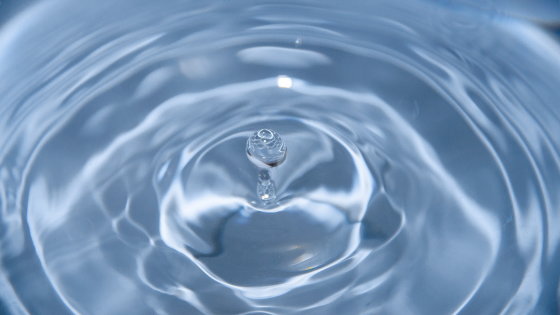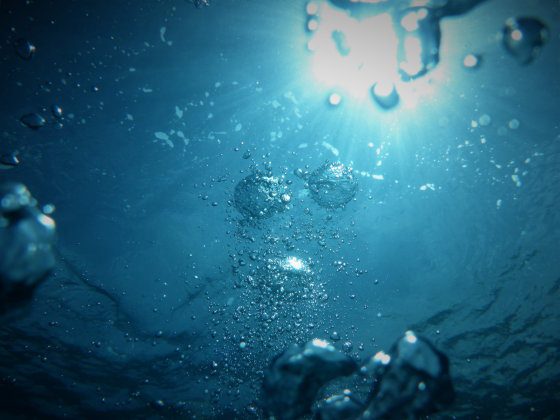WaterWater vapor becomes gaseous at 100 degrees and solid ice at 0Transitional phaseIt is known that it is a substance that can do thatsuper cool wateror special liquidamorphous iceIn fact, different conditions have been confirmed.Recently in EnglandUniversity of Birminghamand ItalianUniversity of Rome La SapienzaThe research team used computer simulations to elucidate the features that characterize the two states of amorphous ice.
Topological nature of the liquid-to-liquid phase transition in tetrahedral fluids | Nature Physics
https://www.nature.com/articles/s41567-022-01698-6
New evidence shows that water separates into two different liquids at lower temperatures – University of Birmingham
https://www.b Birmingham.ac.uk/news/2022/new-evidence-shows-water-separates-into-two-different-liquids-at-low-temperatures
Amorphous ice is a non-crystalline material made by rapidly freezing liquid water or vapor deposition on a substrate.Search 2017It has been confirmed that it is a liquid rather than a solid. Amorphous ice is rarely seen on Earth, but a very low temperature region exists.Outer SpaceIt is said to be relatively easy to produce.
Since there are two types of amorphous ice, high density amorphous ice (HDA) and low density amorphous ice (LDA), there are two types of water in a very low temperature state. However, since supercooled amorphous ice immediately undergoes a phase transition to ice, the details are unknown.
So, the University of BirminghamDwipayan ChakrabartiThe research team of associate professors conducted a study using computer simulations to verify the properties that characterize the two states of amorphous ice at the microscopic level.
In the simulation, the research team found that the particles scattered in the medium as very fine particles.colloidalWe used a case water model, and two widely used models for water molecules. Due to their relatively large size, colloids move slowly and are often used to study physical phenomena that occur at much smaller atomic and molecular levels.
As a result of simulation-based studies, water molecules are formed in dense amorphous ice like a pastry.clover knot (clover knot)Or the two rings become chainedHopf linkSuch as,StructureIt turns out that they form a complex and intertwined arrangement. On the other hand, the research team reported that most of the low-density amorphous ice forms simple, untangled rings.
Dr Dwipayan Chakrabarti, lead author of the paper, said: “This insight has given us a whole new perspective on what has been the research agenda for 30 years. ‘This beautiful computer study shows the basic structure in which different liquid phases exist in the same material network,’ said Pablo Dependetti, a professor of chemical engineering at Princeton University in the US, who was not involved in the research. explained.”
Copy the title and URL of this article
Related articles
5 scientific information about water – Gigazen
Possibility of a new form of water “super-ionic ice” inside Neptune and Uranus – gigazine
What is the mysterious “ultra-solid” state that “is solid but also liquid”? – Gigazen
What plasma is the ‘fourth state of matter’ besides solids, liquids and gases? -Gigazine
A mysterious phenomenon in which an upturned yacht floats in a floating liquid – gigazine
What is the mechanism that allows clouds weighing several tons to float in the sky? -Gigazine
in SciencesPosted by log1h_ik
You can read the machine article in English translated over here.

“Travel maven. Beer expert. Subtly charming alcohol fan. Internet junkie. Avid bacon scholar.”







More Stories
Someone other than me participates in a ZOOM meeting to experience the Apple Vision Pro in person – MoguLive
[بدأ التوزيع المجاني لإصدار الكمبيوتر الشخصي]Scam ADV's main story “The Big Con” and the mysterious “Town of Salem 2” in-game battle – on the Epic Games Store | Game*Spark
Where does the stellar matter that flows directly into the region where stars are born come from? – Material flow from nearby young starless cores –